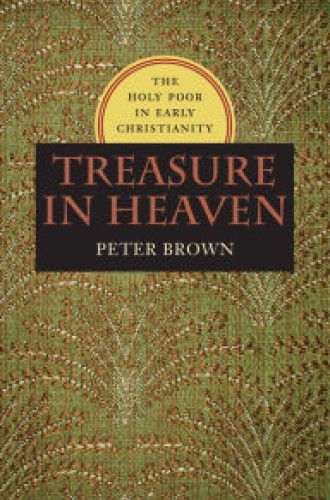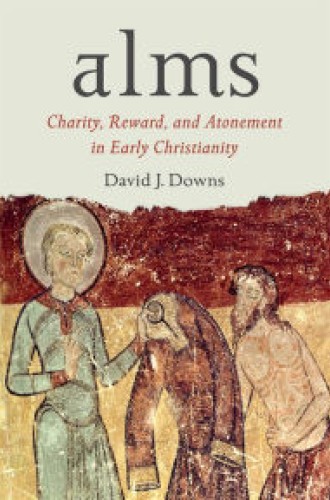Why give alms?
Issues involving the value of work and the perimeters of generosity have perhaps never been more relevant than they are today. The Institute for Innovation in Social Policy, housed at Vassar College, has documented the social health of our nation according to factors such as child poverty, old-age poverty, and income inequality. Mapping gains and losses from 1970 to 2011, the institute found that both income inequality and child poverty have worsened since 1970. Indeed, as Jesus observed in his sobering paraphrase of Deuteronomy 15:11, “the poor you will always have with you.”
What particular motivation do Christians have to address the pain around us? Jesus’ instruction to “render unto Caesar the things that are Caesar’s and unto God the things that are God’s” (Mark 12:17) appears to separate financial and spiritual accountabilities. Yet Christians have long recognized that belief in the incarnation of Jesus Christ places within the realm of Christian responsibility attention to suffering bodies.
Many Christian authors, from scripture forward, have advocated cultivating something called “soul” and ignoring something called “body”—which in experience are never known except in irreducible unity. A more adequate theology can be stated quite simply. For followers of the incarnate God, bodies of whatever color, gender, sexual orientation, and other variables, matter. Accordingly, Christians—in the concrete conditions of our own time and place—must seek and find ways to honor and heal suffering bodies.







